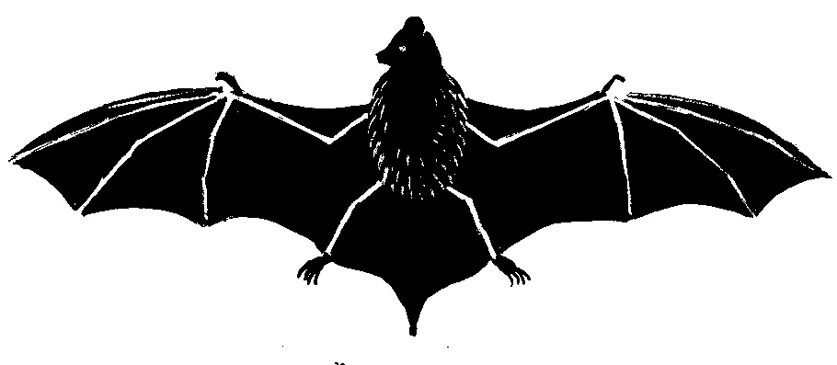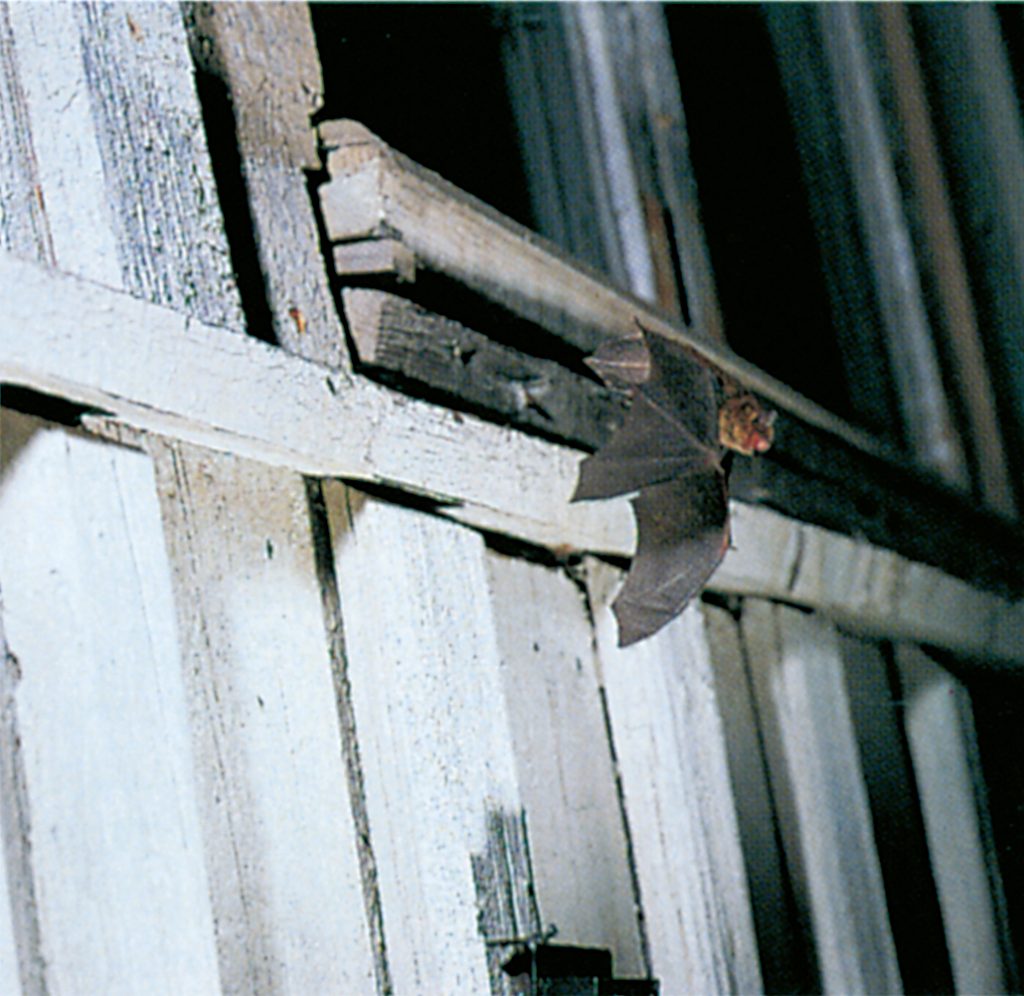(Latin: Order Chiroptera)

Bats, which are the only true flying mammals, are active by night, spending the day, and the winter, in sheltered places. Most of them probably live in hollow trees and caves, but some make use of buildings, where they are found mainly in lofts.
There are about a dozen different bat species in northern Europe, and of these the serotine (Ep’tesicus serotinus) and the pipistrelle (Pipistrellus pipistrellus) are perhaps the species most commonly found in buildings.
Despite a certain amount of human distrust and aversion, bats are completely harmless lodgers that neither gnaw nor in any other way damage the building.
In northern Europe bats feed on insects, which they can catch in the air. When in flight, they emit continual ultra-sonic sounds, which are reflected back to their ears by insects and other objects in the vicinity.
Bats will bite if one tries to catch them.
They normally live in colonies, and if there are fifty or so in a loft they naturally produce rustling and piping sounds. It has been noticed that there is always a certain amount of unrest in a colony in the early evening, just before the bats fly out to hunt.
Their droppings, which accumulate below their resting places, are somewhat similar to those of mice, but can easily be distinguished on closer examination (p. 209).
Bats can be driven away from a building if they are subjected to constant disturbance, or to strong-smelling substances such as naphthalene. However, they often return and the only effective way of. keeping them out of a building is to block all means of access.





